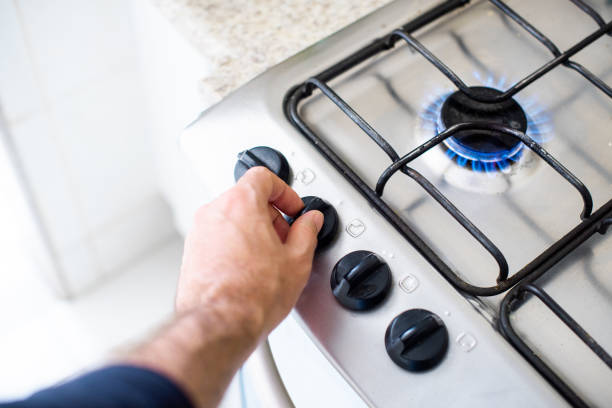Debunking Myths: The Truth About Gas Stoves and Indoor Air Quality

Misleading stories about gas stoves and indoor air quality frequently emerge in the news. To navigate these discussions effectively, it’s essential to understand the facts and context surrounding this topic. Here are some key points to consider, as outlined by the Propane Education & Research Council (PERC).
The Facts
Gas Stoves and Asthma: A major study published in 2024 by The Lancet, funded by the World Health Organization, found no link between the use of natural gas stoves for heating and cooking and the incidence of asthma in children or adults.
Competing Studies: While there are studies that debate the impact of various stoves on indoor air quality, a Stanford study often cited for adverse findings was based on an extremely small sample size and unrealistic cooking conditions. This study does not provide a clear picture of particulate matter generated from electric cooking. More comprehensive reviews are needed to draw conclusive results.
Cooking and Air Quality: Regardless of the type of stove used, the act of cooking itself can reduce indoor air quality. Proper ventilation, such as using a hood or opening a window, is essential for maintaining good indoor air quality. Additionally, cooking oils at the appropriate temperatures can help minimize air pollutants.
Safety and Maintenance: Engaging a qualified technician to install and regularly service stoves is crucial for their safe operation. The safety of appliances is also measured by various factors other than just their impact on indoor air quality.
Fire Safety: According to a 2023 study by the National Fire Protection Association (NFPA), electric ranges are associated with higher rates of household fires, injuries, and deaths compared to gas ranges. Specifically, electric ranges cause household fires at a rate 2.4 times greater than gas ranges, civilian injuries at a rate 3.6 times higher, and civilian deaths at a rate 1.9 times higher. The average fire dollar loss per household is 3.2 times higher in households with electric ranges.
Environmental Impact: While emissions from electricity used to power electric stoves are not released directly into homes, over 60% of the electricity in the U.S. is generated from burning natural gas or coal. This contributes to higher carbon emissions from the U.S. electric grid (130 gCO2eq/MJ) compared to propane (79 gCO2eq/MJ).
Common Sense Safety Measures
Operating any household appliance, whether powered by electricity, natural gas, or propane, carries inherent risks. By following common sense safety measures and ensuring proper installation and maintenance, these appliances can be used safely.
By staying informed and understanding the full picture, more educated decisions can be made about home appliances and their impact on both safety and the environment.
This article was created with insights provided by the Propane Education & Research Council (PERC).













